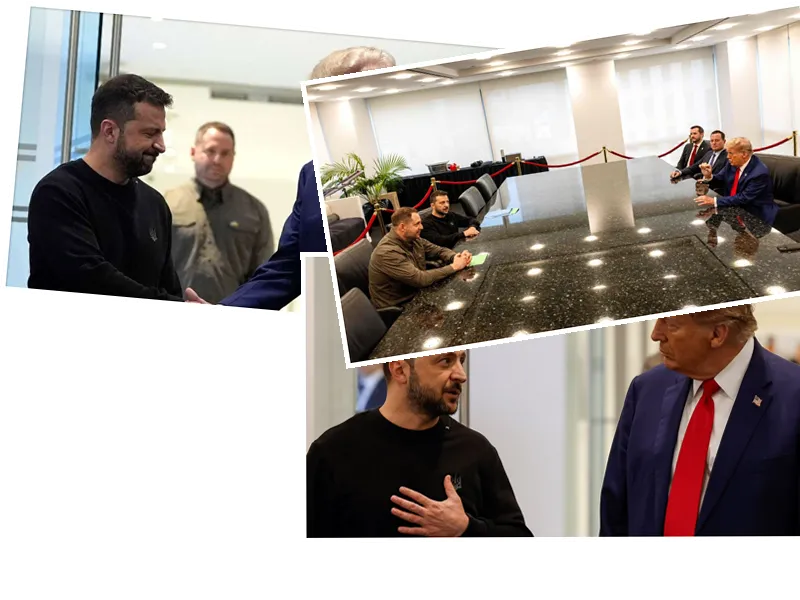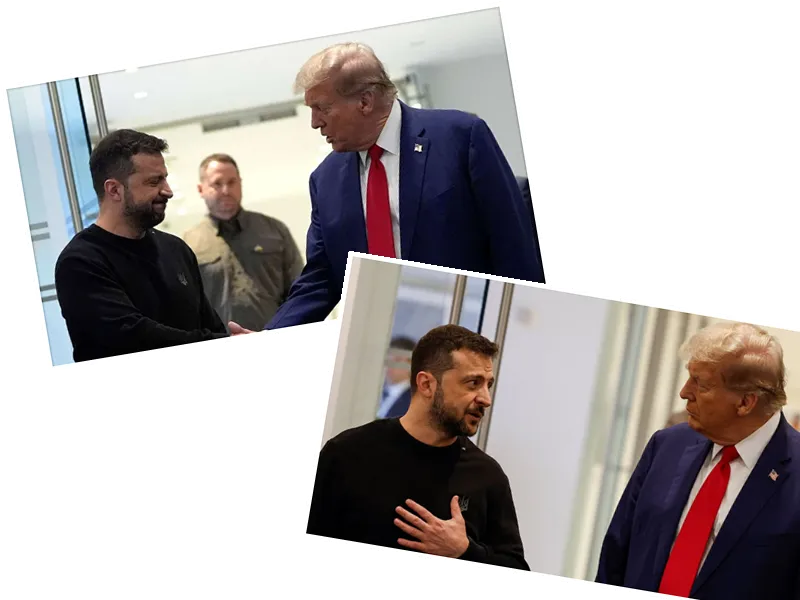Trump's peace plan for Ukraine is still in the conceptual stage, with no finalized strategy yet.
There are significant internal divisions within Trump's camp regarding how to approach negotiations with Russia and Ukraine.
The Kremlin has expressed cautious optimism regarding Trump's willingness to engage in peace talks, contrasting with the previous administration's approach.
Zelensky's insistence on security guarantees complicates the potential for a ceasefire or negotiations.
Trump's administration may face significant challenges in aligning the interests of Kyiv and Moscow.
The proposed demilitarized zone and Ukraine's delayed NATO membership could lead to long-term geopolitical tensions.
Russia's current territorial gains may embolden its position in negotiations, complicating peace efforts.
Trump's Peace Plan for Ukraine: A Complex Diplomatic Challenge
As Donald Trump prepares to assume the presidency for a second time on January 20, 2025, speculation surrounding his proposed peace plan for the ongoing war in Ukraine intensifies. Trump has pledged to end the conflict swiftly, but details of his strategy remain unclear. According to reports, Trump has yet to finalize any specific peace plan, relying instead on discussions with key advisors. This has led to varied opinions within his inner circle regarding the approach to negotiations with both Kyiv and Moscow.
While Trump's former National Security Council adviser emphasized that Trump will make the final decisions on national security, differing factions within his administration are vying for influence over foreign policy. Figures such as former Secretary of State Mike Pompeo advocate for a strategy that prevents Russia from claiming victory, whereas Richard Grenell, a former ambassador to Germany, supports a rapid end to hostilities, potentially at the expense of Ukrainian interests.
Reports suggest that Trump's plan may involve a freeze in the conflict, allowing Russia to retain control over approximately 20% of Ukrainian territory while potentially delaying Ukraine's NATO membership for up to 20 years. In exchange, Ukraine might receive military support from the U.S. to deter future Russian aggression. Furthermore, a proposed demilitarized zone, stretching nearly 800 miles, would be established, with European nations expected to manage security on the ground.
Kremlin's Response to Trump's Signals for Peace
The Kremlin has responded cautiously to Trump's overtures for peace, with spokesperson Dmitry Peskov noting that
the signs are positive.
he stated during an interview, highlighting Trump's emphasis on negotiation rather than confrontation, a stark contrast to the current administration's stance. Peskov's comments reflect a cautious optimism regarding the potential for dialogue under Trump's leadership.
However, skepticism remains about the feasibility of achieving peace, particularly as both sides have entrenched positions. Ukrainian President Volodymyr Zelensky has made it clear that any negotiations must include security guarantees for Ukraine, especially concerning the territories occupied by Russia since the onset of the invasion in 2022. Conversely, Putin's administration continues to assert its goals in Ukraine, indicating that Moscow may not be ready to make significant concessions.
As Trump prepares to take office, the complexities of international diplomacy in the context of the Ukraine war present a significant challenge. With differing expectations from Kyiv and Moscow, the path to peace remains fraught with obstacles, and Trump's ability to navigate these dynamics will be closely scrutinized in the months to come.





